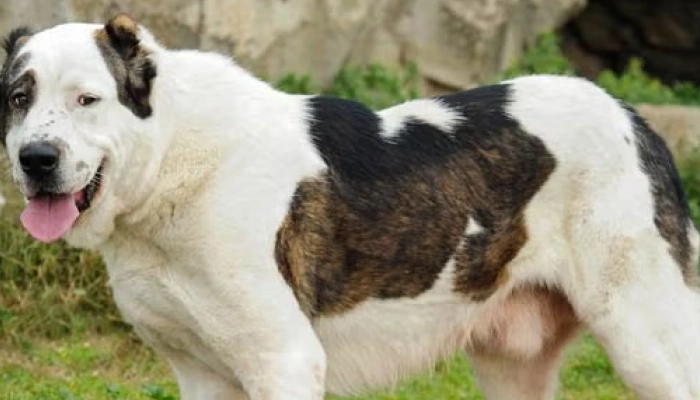This breed is not for beginners. The Central Asian Shepherd is intelligent and highly independent—traits that helped it survive and protect without human direction. Early socialization, firm boundaries, and lifelong structure are essential to manage its natural guarding tendencies.
Despite its size and strength, it is surprisingly calm and low-energy indoors. The thick double coat sheds seasonally and needs regular brushing, especially during molting periods. This breed is robust and generally healthy but benefits from joint and heart monitoring in adulthood.







